Stogie Video: Fascism Healthier than Smoking?!
13 Nov 2006
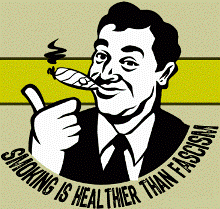 Since people who want to tell us where, when, and if we can smoke seem to be a dime a dozen these days, we spend considerable time covering smoking bans and the health fascists who want to impose them on us.
Since people who want to tell us where, when, and if we can smoke seem to be a dime a dozen these days, we spend considerable time covering smoking bans and the health fascists who want to impose them on us.
Often, in the course of that coverage, we call the people pushing such bans “do-gooders†– along with other less flattering names – in reference to the fact that while wrong, we generally think that these are sane people who are well-intentioned. That characterization – which in no way is an excuse for their attempts to impose their misguided values on others – was challenged by the video below.
In the clip a group called Bureaucrash organized a peaceful smoke-in outside the doors of the 13th World Conference on Tobacco while wearing T-shirts that said “Smoking is Healthier than Fascism†in an effort to engage in constructive debate and conversation. (As you probably suspect, despite the cool name, the World Conference on Tobacco is not a big party for smokers, but a dry gathering full of doom and gloom about “tobacco control†– the euphemism of choice for deciding how to stop people from being allowed to choose to smoke.)
Without spoiling the ending, lets just say that one conference attendee took issue with the notion that smoking is healthier than fascism. Enjoy.
Click here to watch the video.
-Patrick S

 The Tobacco Merchants Association and Retail Tobacco Dealers of America have identified 14 tobacco-related ballot initiatives (
The Tobacco Merchants Association and Retail Tobacco Dealers of America have identified 14 tobacco-related ballot initiatives ( As you can see to the right, being the huge Chicago Bears fan that I am, this weekend I decided to hit the town as a
As you can see to the right, being the huge Chicago Bears fan that I am, this weekend I decided to hit the town as a 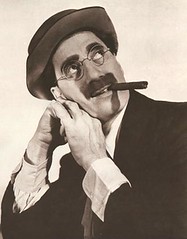 3.
3.  7. Bill Clinton and/or Monica Lewinsky. This costume is great for couples. Just remember that cigars are for smoking.
7. Bill Clinton and/or Monica Lewinsky. This costume is great for couples. Just remember that cigars are for smoking. 10. Hot cigar girl. Enough said.
10. Hot cigar girl. Enough said.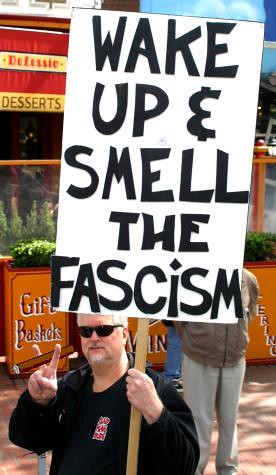 In a draconian move that eerily harks back to Orwell’s 1984, the Nebraska city’s bureaucrats and police departments are actually urging citizens who witness smoking ban infractions to
In a draconian move that eerily harks back to Orwell’s 1984, the Nebraska city’s bureaucrats and police departments are actually urging citizens who witness smoking ban infractions to 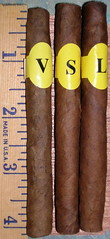 While traveling recently, I visited
While traveling recently, I visited 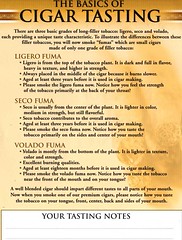
 In a lot of ways, this naiveté is OK. Smoking is about personal enjoyment and, as long as you’re enjoying yourself, more power to you. But I have a feeling more people would take pleasure in cigars more often if they had the capacity to appreciate them better.
In a lot of ways, this naiveté is OK. Smoking is about personal enjoyment and, as long as you’re enjoying yourself, more power to you. But I have a feeling more people would take pleasure in cigars more often if they had the capacity to appreciate them better.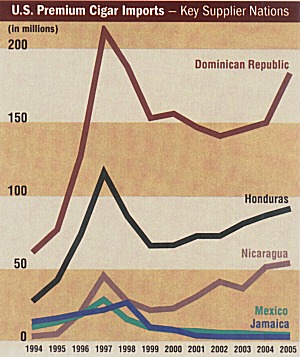 It doesn’t take an economist to figure out that consumers are going to be turned off by a combination of declining product quality coupled with increased prices. So by 1999 cigar consumption dropped almost by half. Thankfully, this meant that many of the fly-by-night operations responsible for the worst cigars of the cigar boom closed their doors.
It doesn’t take an economist to figure out that consumers are going to be turned off by a combination of declining product quality coupled with increased prices. So by 1999 cigar consumption dropped almost by half. Thankfully, this meant that many of the fly-by-night operations responsible for the worst cigars of the cigar boom closed their doors. Patrick Ashby
Co-Founder & Editor in Chief
Patrick Ashby
Co-Founder & Editor in Chief Patrick Semmens
Co-Founder & Publisher
Patrick Semmens
Co-Founder & Publisher George Edmonson
Tampa Bureau Chief
George Edmonson
Tampa Bureau Chief